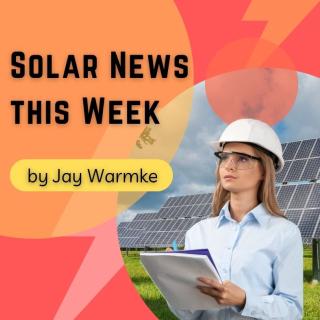Advertisement
Clintonville’s Rag-O-Rama – a hipster destination for resale clothes – shut down this past weekend, leaving employees in a lurch and another remnant of Columbus’s soulful and non-corporate past in the proverbial back-alley garbage dumpster.
The Free Press often reminisces on Columbus of the 1960s, 70s, 80s, and 90s, when it was more a hip and quirky college town than a lame playground for young professionals and their corporate overlords.
“I’ve been going there for 25 years. After Bernie’s, Surly Girl, Larry’s, Mamas, Outland, Lil Brothers, King Avenue Coffee Shop, Atlantis, Blue Danube, Tee Jayes, Short North Coffee House, and almost all the entire Short North art district, etc. with nothing ever replacing any of it, Columbus is culturally dead,” wrote Michael Moore on the Crazy Mama’s remembrance page on Facebook. For those not in know, Crazy Mama’s on South High off-campus was Columbus’s answer to the punk, new wave and garage band “underground” which emerged in the 1970s and 1980s.
Rag-O-Rama opened in 1997 at the tail end of what some like to call “Cool Columbus.” Back then the Short North was still an arts district with a Gallery Hop for one and all. Off-campus was far from perfect, but it offered a true college experience for all types of young people instead of the corporate ugliness that is Gateway. Consider how directly across the street from the alt-rock bar Mean Mr. Mustards was Papa Joes, mostly considered a frat and sorority bar. Now a Target is arguably off-campus’s most popular destination.
“Campus is sold out to the big money and everything interesting is gone. There is literally nothing on campus anymore,” wrote Tracie Lynn Sampson on the same post.
The corporate transformation of the OSU campus area began in the 90s spurred on by Campus Partners, technically a non-profit, but decidedly bent on “cleaning up” the neighborhood. Free Press Editor Bob Fitrakis wrote about their “urban renewal” efforts then in an article titled “Color it Bold” in Columbus Alive. The article speculated that the loss of unique, individually-owned small businesses would be inevitable.
How Columbus became “culturally dead” could unfortunately become a never-ending mystery in the heart of Ohio. One could blame the allure of other fast growing hipster destinations, or the fact that early versions of MAGA (white anger) began making their presence known in Ohio. In the early 2000s – as Campus Gateway and a myriad of Gulag-looking condos began popping up – the cool kids began departing for Austin and Portland and never looked back.
Mayoral candidate and progressive activist Joe Motil fondly remembers his generation’s campus establishments of the 80s and 90s. Perhaps he says it best about what the hell is going on down, down, down on High Street, baby. Which is the refrain from the greatest song about High Street ever, but it sure as heck isn’t relevant now.
“I think everybody expected change but not what has basically been the annihilation of the past,” says Motil. “High Street from Lane Ave south is like an Easton-styled strip mall lacking character and places students in an atmosphere of isolation from the real world. It’s basically 90 percent corporate. I am both saddened and disgusted.”
However, others contend “Cool Columbus” still exists, you just have to go find it. And the cool and creative kids, the punks and the goths, the stoners and the hippies, haven’t completely vanished into thin air. Nor have their establishments, which help shaped their identity. You just have to accept the change and adapt, says Greg Hall, owner of Used Kids Records.
Used Kids Records occupied a High Street address across from campus for 30 years until 2016. As high-end redevelopment swirled around his building, says Hall, he could tell his landlord was seeking a change. In the way of more money from a new tenant who would want to pay a much higher rent.
“I was hell bent on not seeing the business close,” says Hall. So he moved Used Kids Records to Summit Street near the corner of Hudson, to what is now “SoHud,” a neighborhood that’s looking more and more like old-school campus, where other independents have also gravitated, such as Wild Goose Creative and Evolved Body Art.
“Unfortunately, from a business standpoint, change always happens,” says Hall about the surging development on High Street he left behind. “Some want to believe that campus always has to stay this groovy hip place. The world isn’t like that. And other powers with far deeper pockets don’t owe us squat. If they want to turn High Street into Easton, then let them.”



